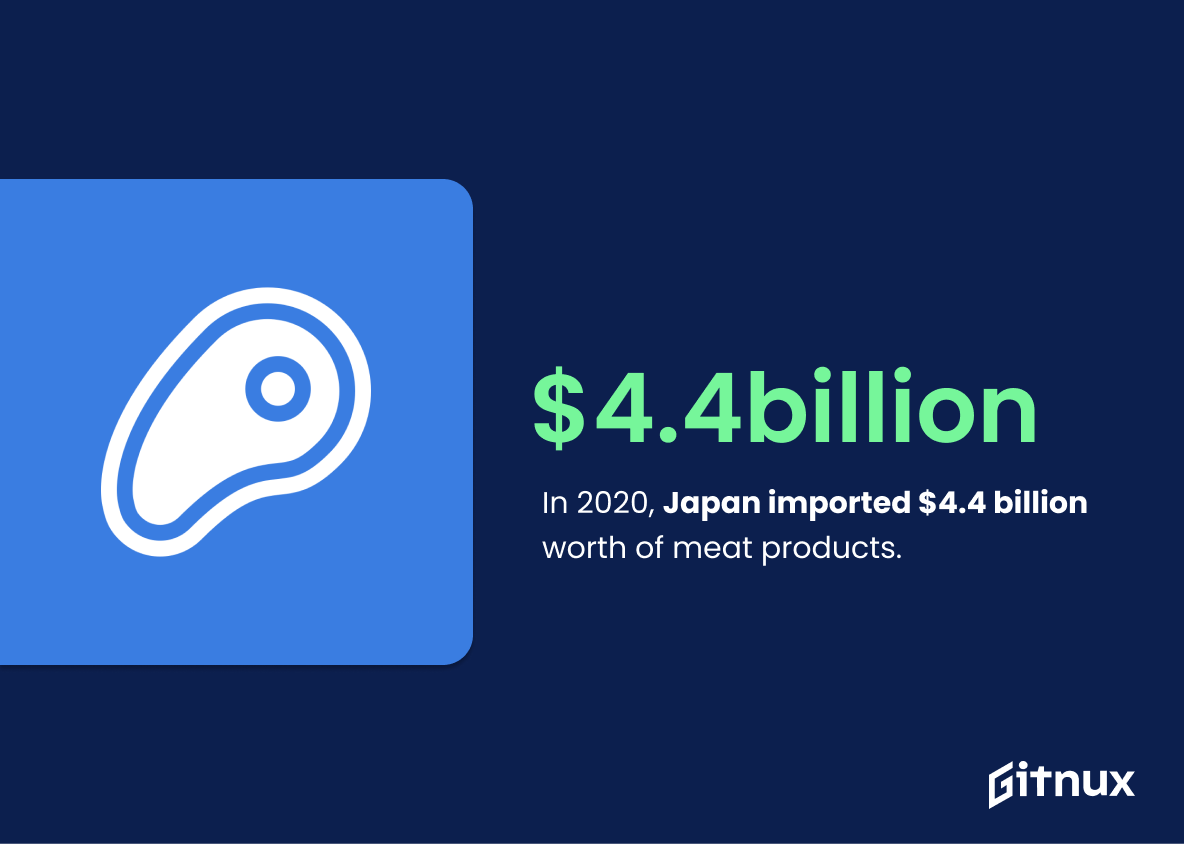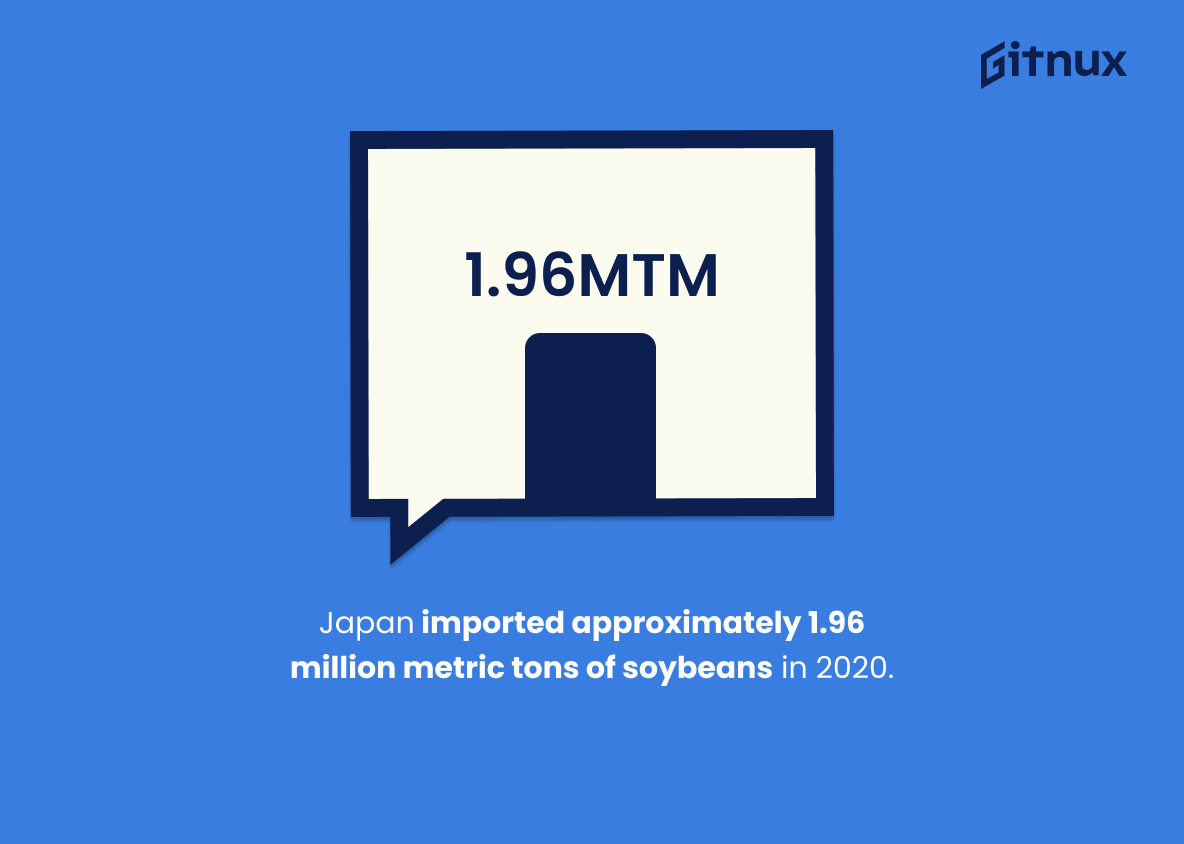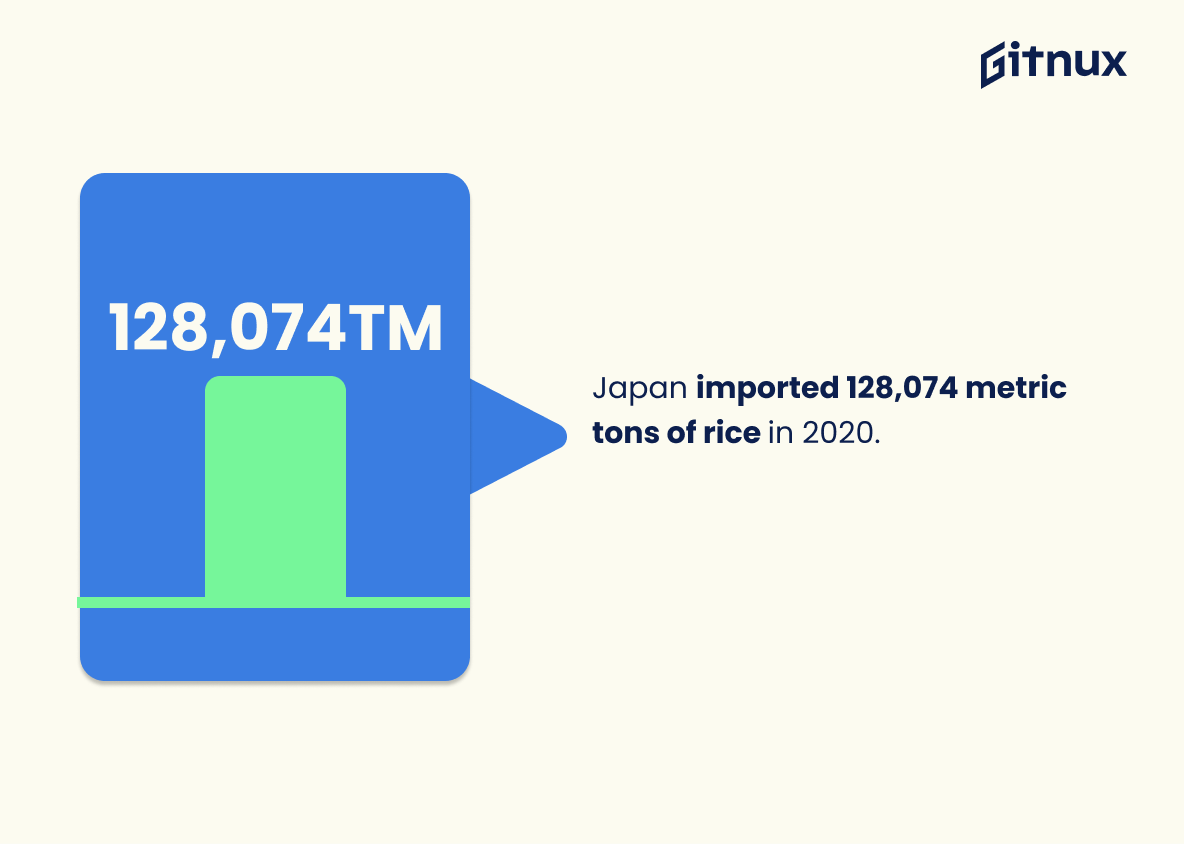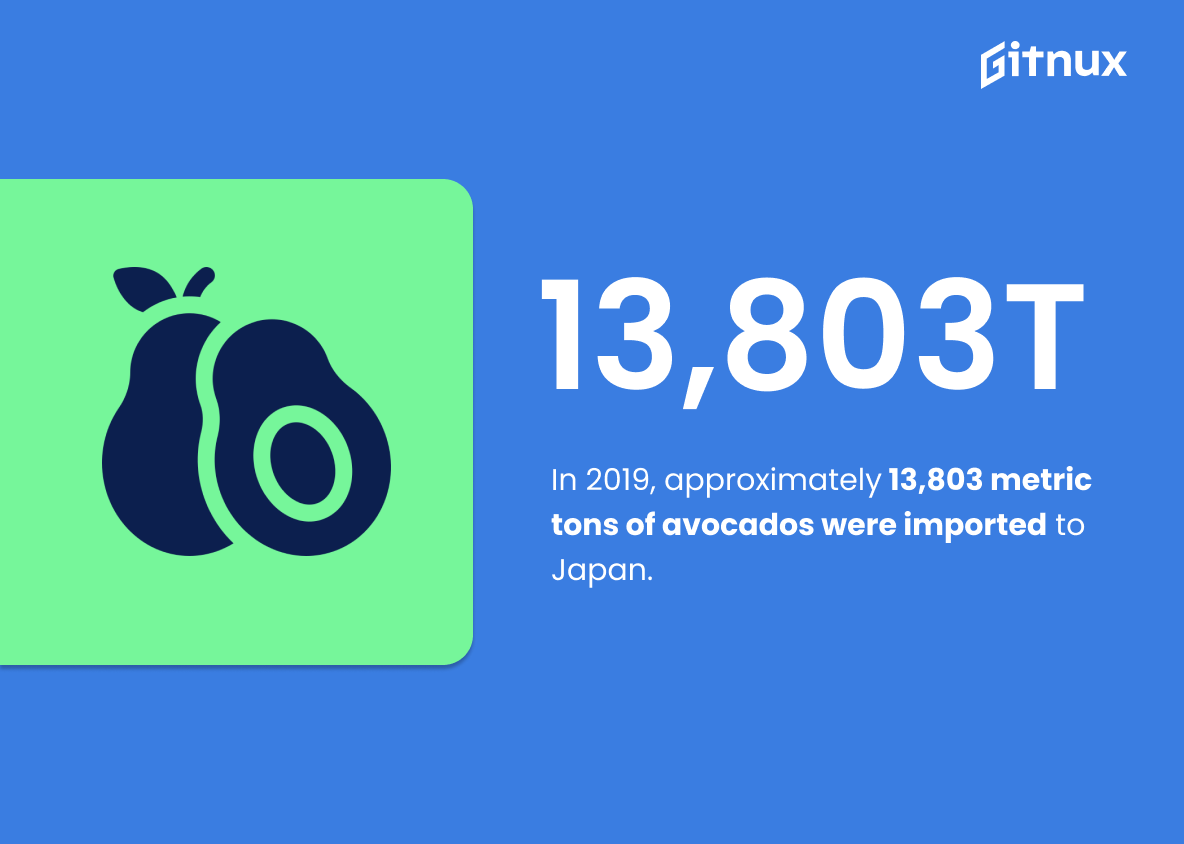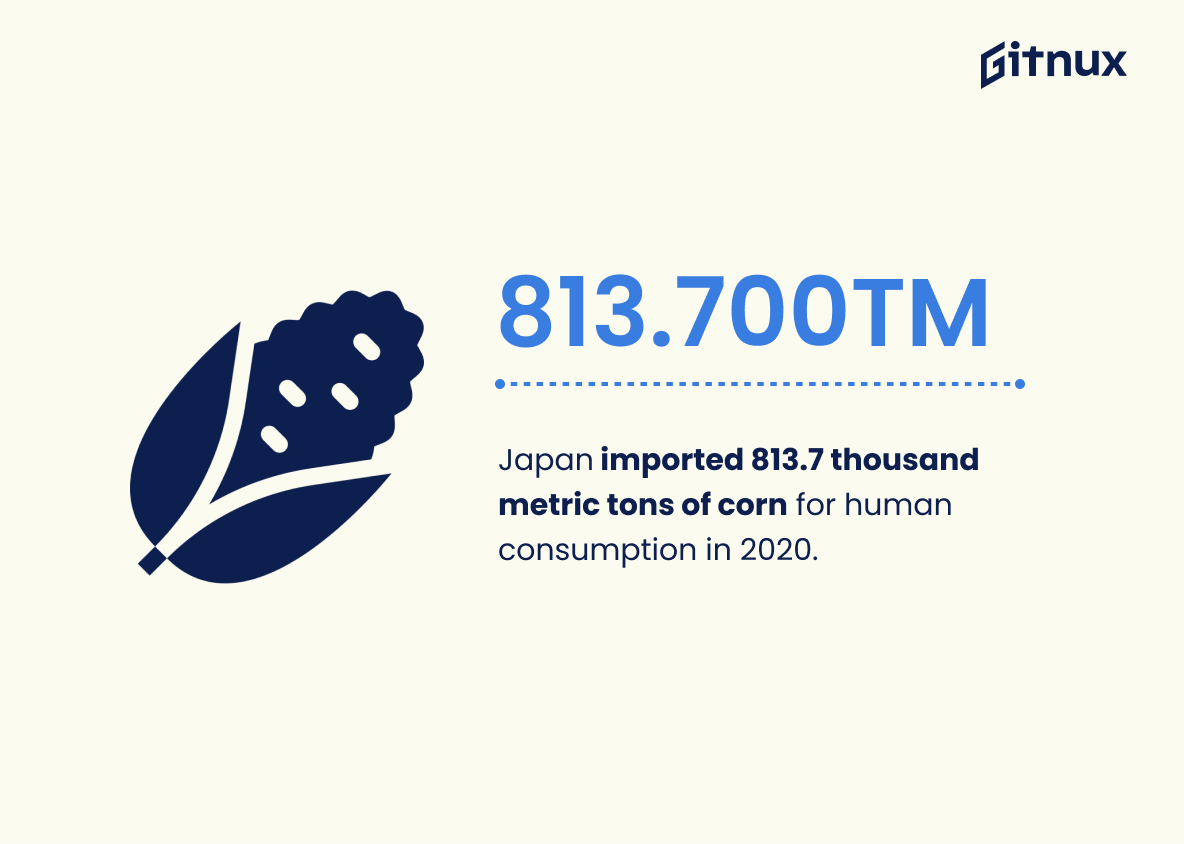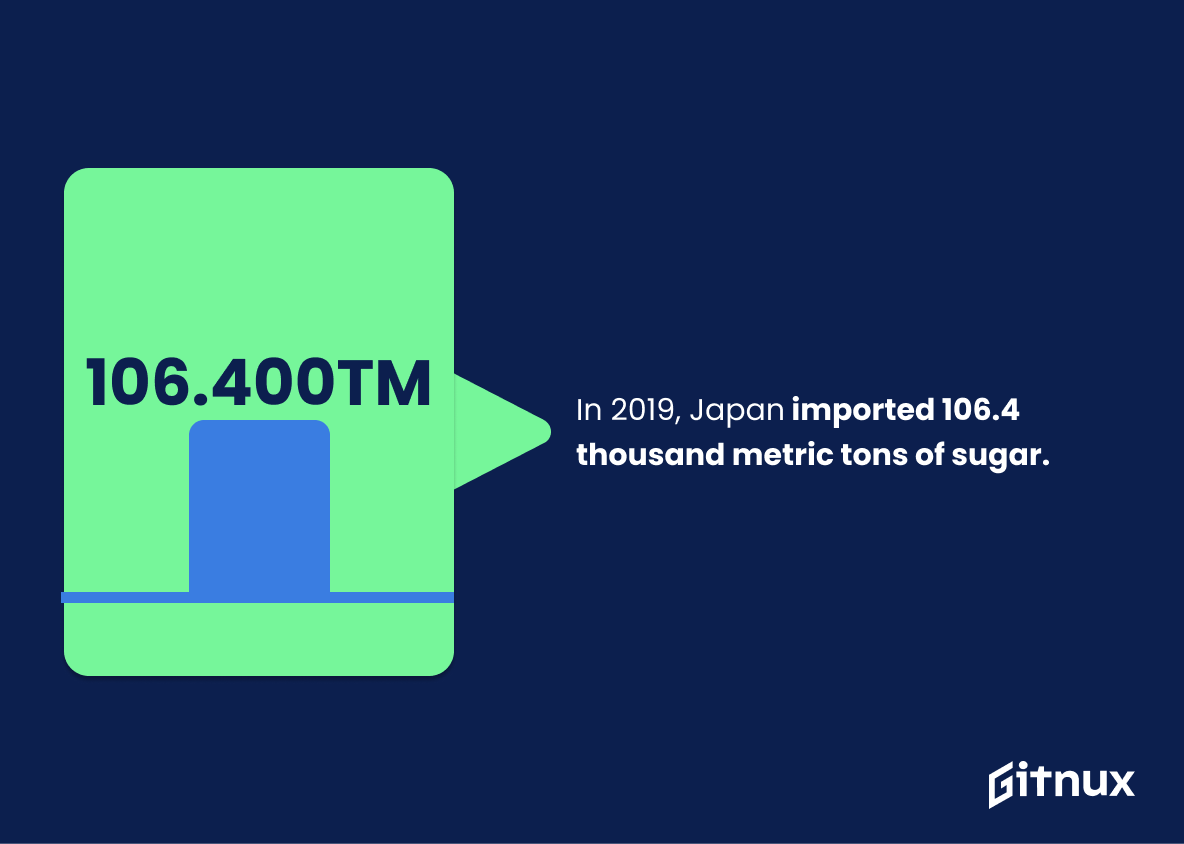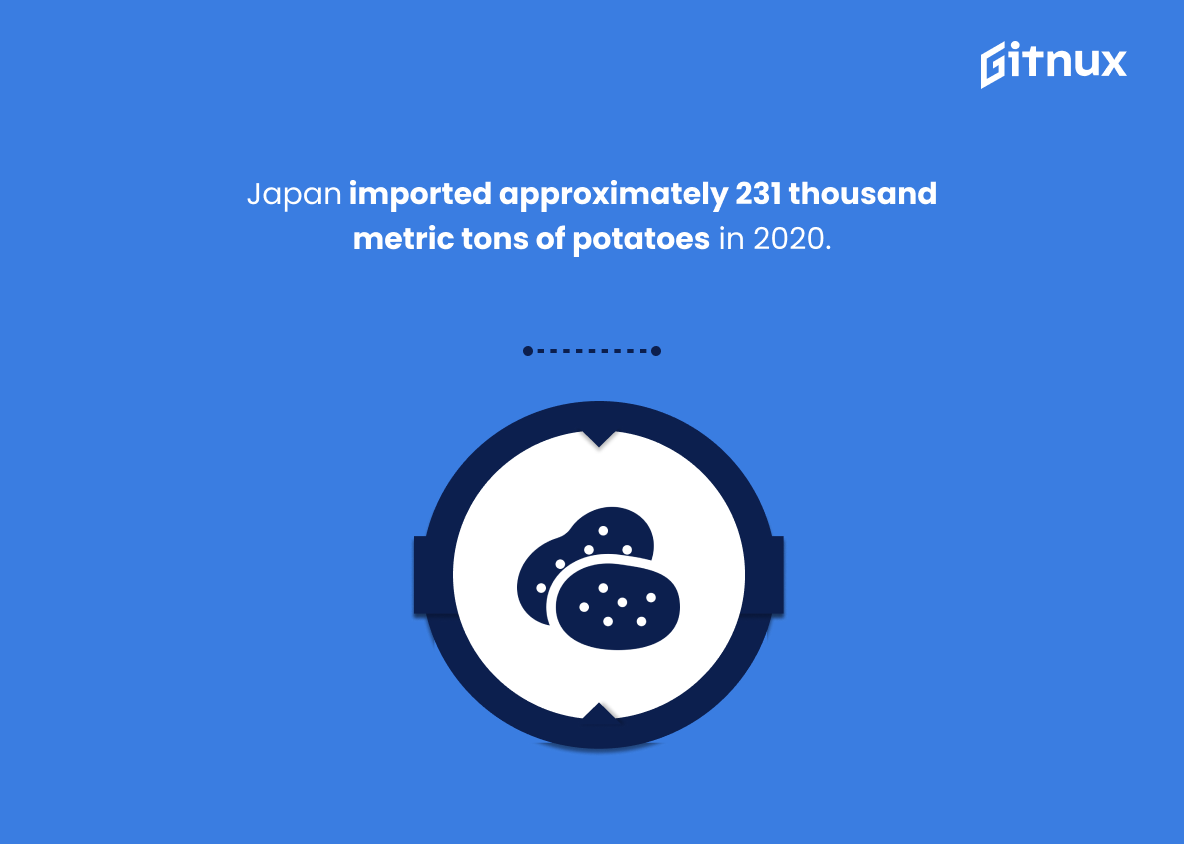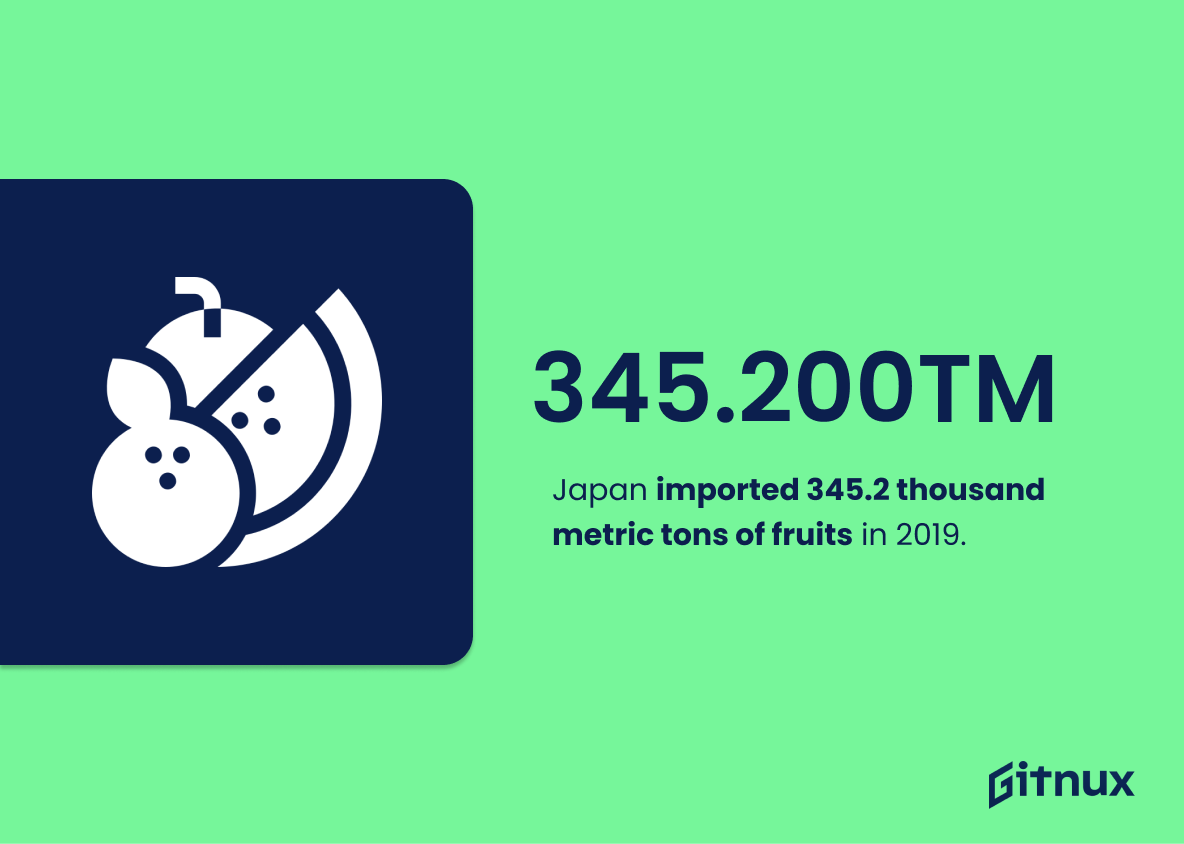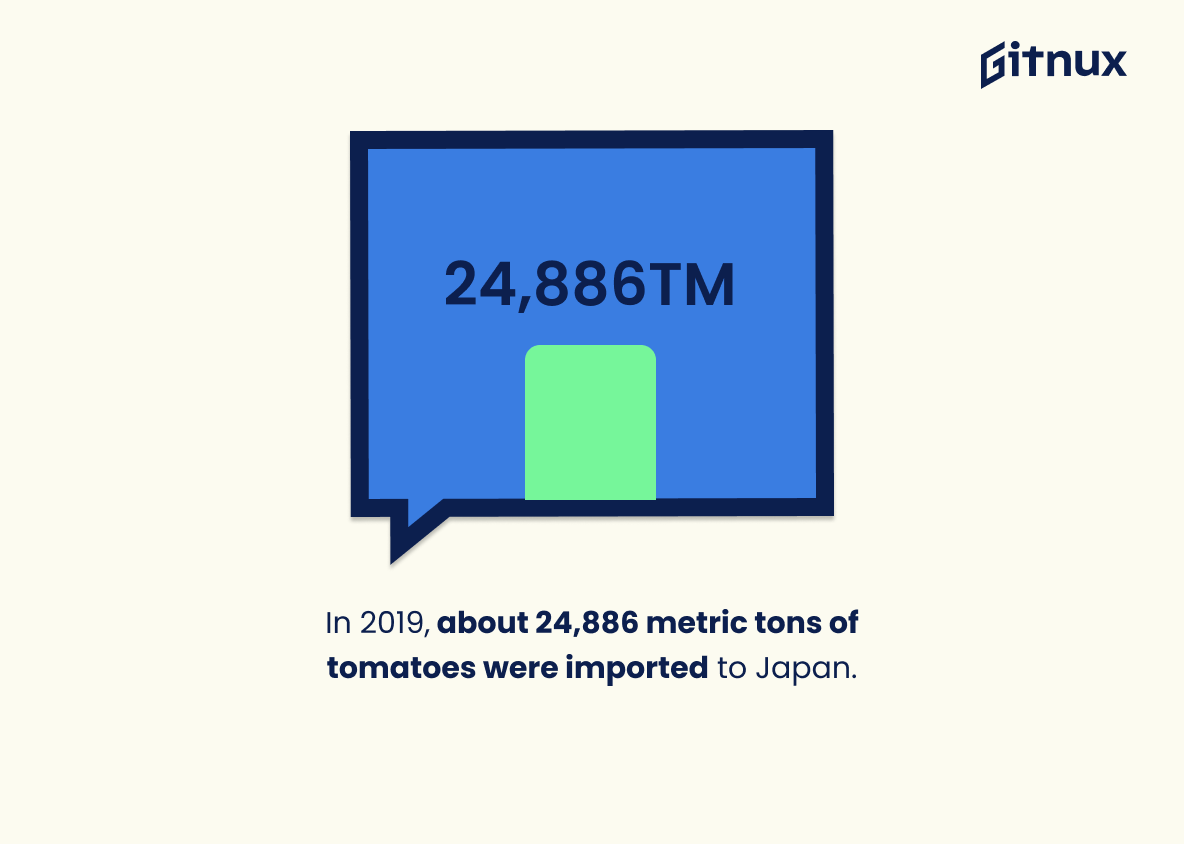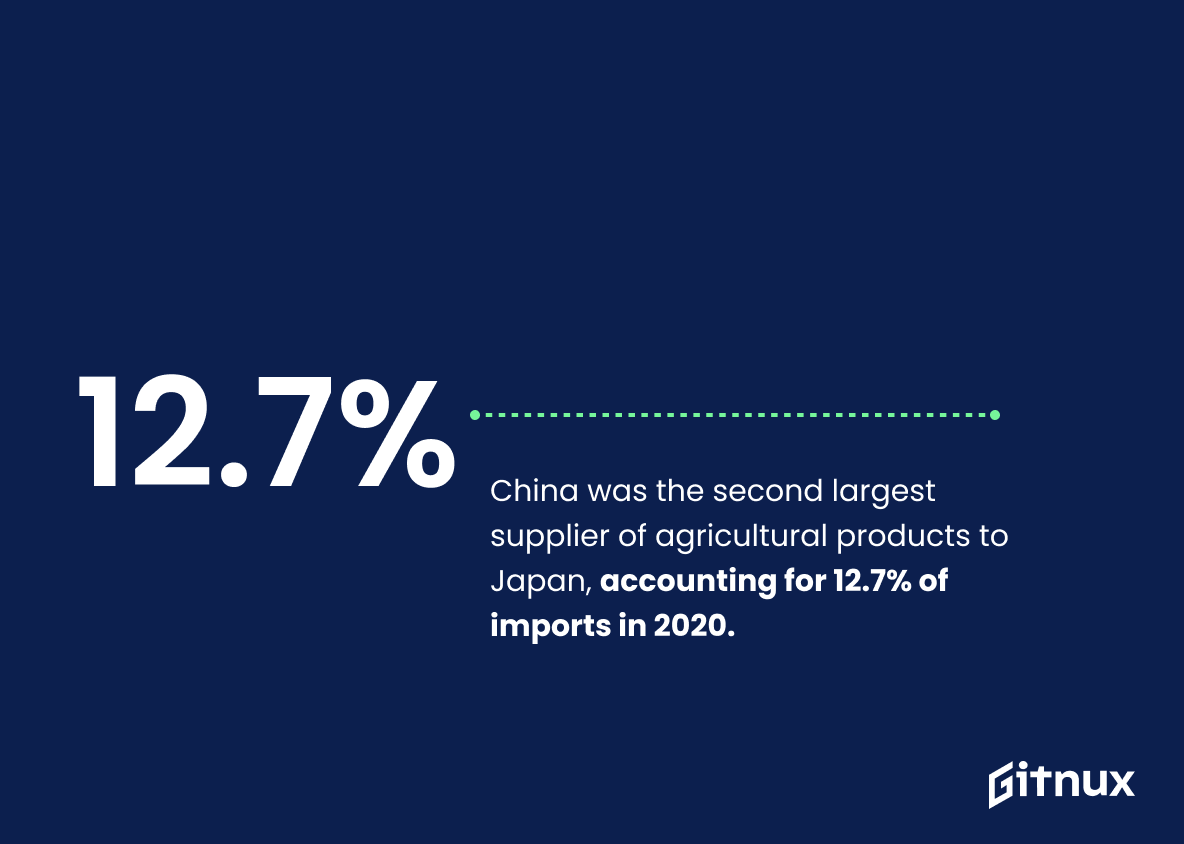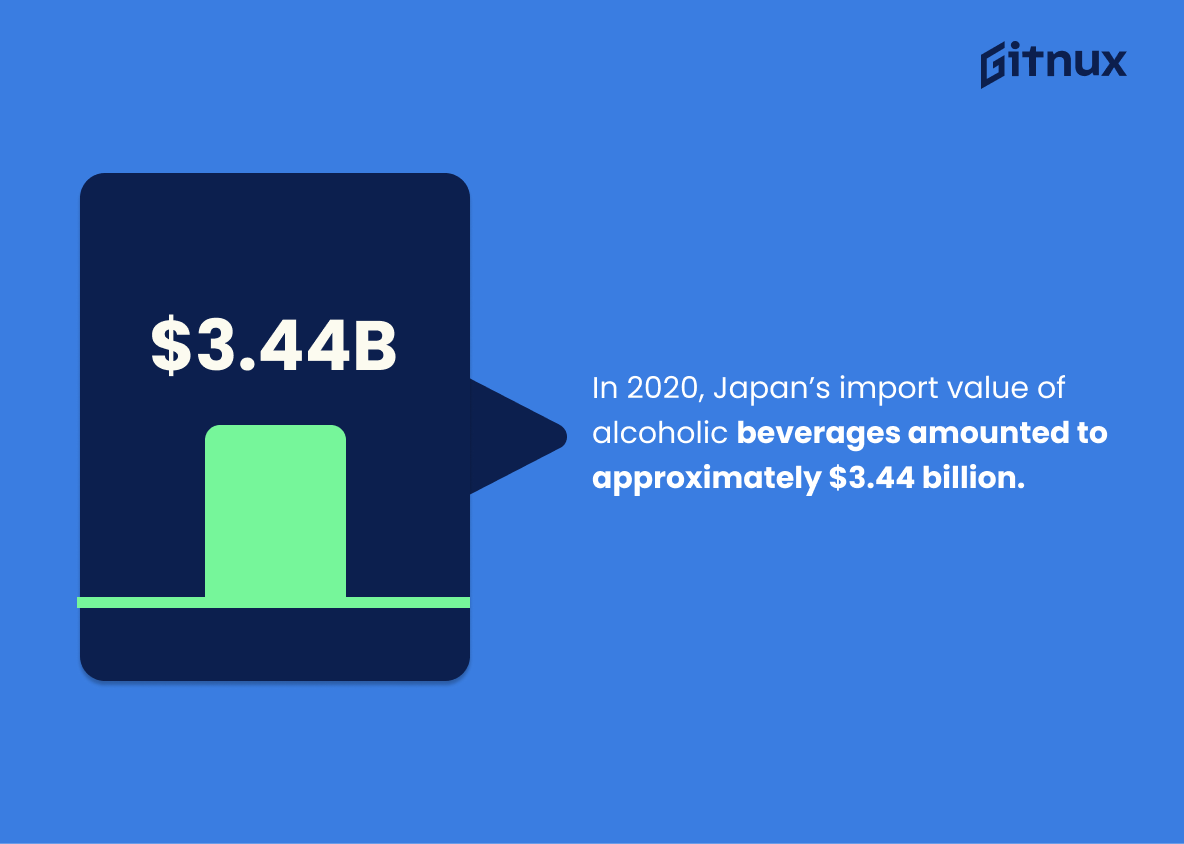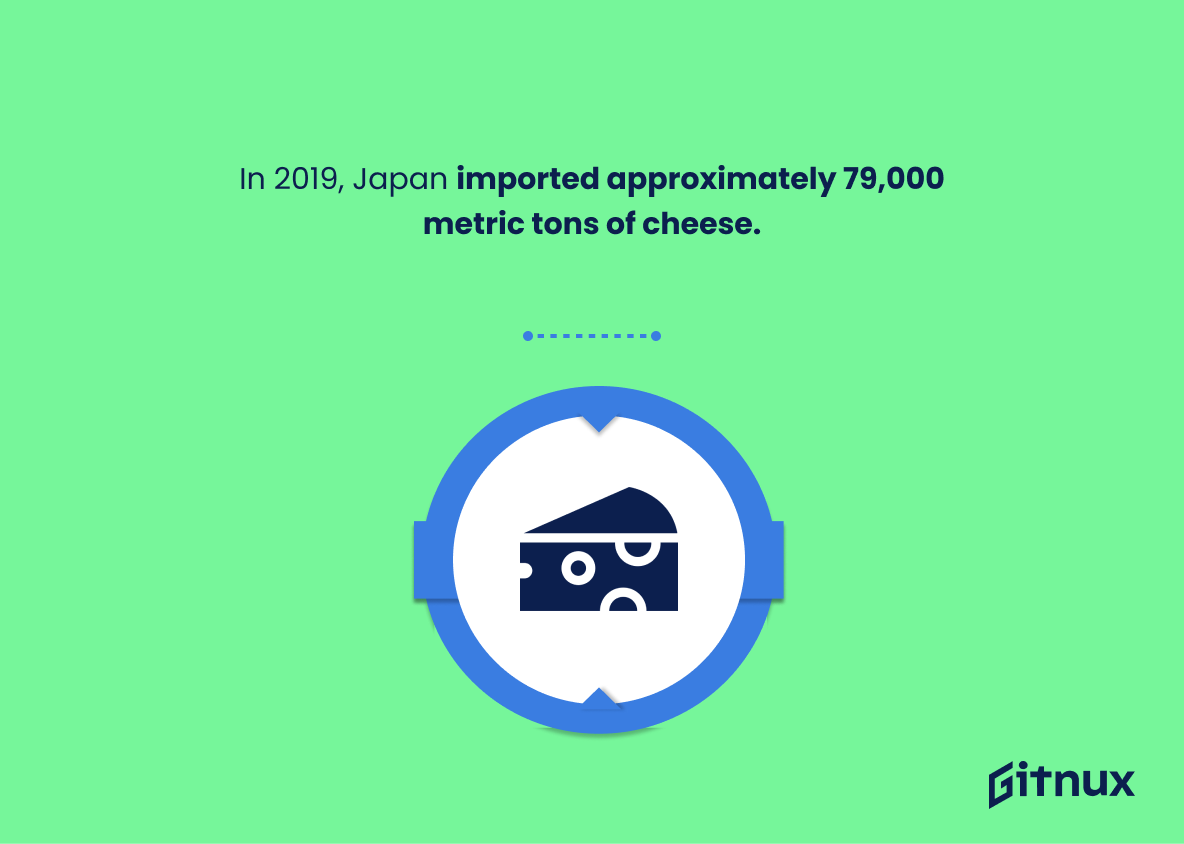Japan is a major importer of agricultural, forestry, and fishery products. In 2020 alone, Japan imported $38.1 billion worth of these goods from around the world. The United States was the top supplier to Japan in this sector with 25% of imports coming from there; China followed closely behind at 12.7%. Meat products accounted for $4.4 billion worth of imports while soybeans totaled 1.96 million metric tons that same year – an impressive figure considering Japan’s food self-sufficiency rate in terms of calorie supply was only 38% in 2018. Rice also made up a significant portion (128,074 metric tons) as did wheat (529.8 thousand metric tons), corn for human consumption (813 thousand metric tons), sugar (106 thousand metric tons), potatoes (231 thousand metric tones) and fruits(3452 thousands). Avocados were not far behind either with 13803 tonnes being imported into the country last year.
When it comes to exports however, things look slightly different: The US remains on top but now accounts for just over half ($1 62 billion)of all Japanese food exports whereas Chile takes second place when it comes to fishery product export volume at 310 467 tonnes per annum . Organic foods have seen tremendous growth too – between 2012 and 2019 their import value increased by 113%. Natural nutritive sweeteners are another popular item among Japanese consumers amounting to 764 million dollars’ worth annually while cheese rounds off our list with 79 000 tonnes being shipped out every year since 2019..
Japan Food Import Statistics Overview
In 2020, Japan imported $4.4 billion worth of meat products.
This statistic is a telling indication of the importance of meat products in Japan’s food imports. It highlights the sheer volume of meat products that Japan is relying on to feed its population, and the significance of the meat industry in the country’s economy. It also provides insight into the dietary habits of the Japanese people, and the extent to which they rely on imported food products.
Japan imported approximately 1.96 million metric tons of soybeans in 2020.
This statistic is a telling indication of the importance of soybeans to Japan’s food supply. It demonstrates the sheer volume of soybeans that Japan relies on to meet its dietary needs, and highlights the significance of international trade in providing the country with the necessary resources. This statistic is a key piece of information in understanding the full scope of Japan’s food import statistics.
Japan’s food self-sufficiency rate in terms of calorie supply was only 38% in 2018.
This statistic is a stark reminder of Japan’s reliance on food imports to meet its caloric needs. It highlights the vulnerability of the country’s food supply and the need for Japan to diversify its sources of food. It also serves as a warning that Japan must take steps to ensure its food security in the future.
Japan imported 128,074 metric tons of rice in 2020.
This statistic is a telling indication of the importance of rice in Japan’s food imports. It highlights the fact that rice is a staple in the Japanese diet, and that the country relies heavily on imports to meet its needs. This statistic is also important in understanding the overall trends in Japan’s food imports, as it provides a snapshot of the country’s reliance on foreign sources for its food supply.
Japan’s largest food export market in 2020 was the United States, with an export value of approximately $1.62 billion.
This statistic is a testament to the strong relationship between Japan and the United States when it comes to food exports. It highlights the importance of the US as a major trading partner for Japan, and the potential for further growth in the future. It also serves as a reminder of the importance of international trade in the global economy, and the potential for Japan to benefit from increased exports to the US.
In 2019, approximately 13,803 metric tons of avocados were imported to Japan.
This statistic is a telling indication of the growing popularity of avocados in Japan. It shows that the Japanese are increasingly turning to imported avocados to satisfy their cravings for the fruit. This is an important insight into the food import trends in Japan, and provides valuable information for those interested in the country’s food import market.
In 2020, Japan imported 529.8 thousand metric tons of wheat.
This statistic is a telling indication of Japan’s reliance on wheat imports to meet its food needs. It highlights the importance of international trade in providing the country with the necessary resources to feed its population. Furthermore, it provides a valuable insight into the country’s food security situation, as well as the potential impact of global market fluctuations on its food supply.
Japan imported 813.7 thousand metric tons of corn for human consumption in 2020.
This statistic is a telling indication of the importance of corn in Japan’s diet. It shows that Japan relies heavily on imports to meet its demand for corn, which is a staple food in many parts of the country. This statistic is also important in understanding the overall food import trends in Japan, as it provides insight into the country’s reliance on foreign sources for its food supply.
In 2019, Japan imported 106.4 thousand metric tons of sugar.
This statistic is a telling indication of the importance of sugar in Japan’s food imports. It highlights the fact that Japan relies heavily on imported sugar to meet its domestic needs, and underscores the significance of the food import industry in the country.
Japan imported approximately 231 thousand metric tons of potatoes in 2020.
This statistic is a telling indication of the importance of potatoes in Japan’s food supply. It demonstrates the reliance of the Japanese people on imported potatoes to meet their dietary needs, and highlights the significance of international trade in providing the country with the necessary resources. Furthermore, it provides a valuable insight into the country’s food import trends, which can be used to inform future decisions about food imports.
Japan imported 345.2 thousand metric tons of fruits in 2019.
This statistic is a telling indication of the importance of fruit in Japan’s diet. It shows that Japan relies heavily on imports to meet its fruit needs, highlighting the significance of international trade in the country’s food supply. Furthermore, it provides a valuable insight into the country’s food consumption habits, giving readers a better understanding of the Japanese diet.
In 2019, about 24,886 metric tons of tomatoes were imported to Japan.
This statistic is a telling indication of the importance of tomatoes in Japan’s food imports. It shows that tomatoes are a major component of the country’s imported food, and that Japan relies heavily on other countries to provide this essential ingredient. This statistic is a valuable insight into the food import landscape of Japan, and provides a useful reference point for further research into the country’s food import habits.
China was the second largest supplier of agricultural products to Japan, accounting for 12.7% of imports in 2020.
This statistic is a telling indication of the importance of China in Japan’s agricultural imports. It highlights the significance of the Chinese market in providing Japan with the necessary agricultural products to meet its needs. This is especially pertinent in the context of Japan’s food import statistics, as it demonstrates the reliance of the country on foreign sources for its food supply.
In 2020, Japan’s import value of alcoholic beverages amounted to approximately $3.44 billion.
This statistic is a telling indication of the importance of alcoholic beverages in Japan’s import market. It highlights the significance of this sector in the country’s overall import value, and provides a valuable insight into the nation’s food import trends.
In 2019, Japan imported approximately 79,000 metric tons of cheese.
This statistic is a telling indication of the growing demand for cheese in Japan. It shows that the country is increasingly relying on imports to meet its cheese needs, which is a reflection of the changing dietary habits of the Japanese population. This statistic is an important piece of the puzzle when it comes to understanding the food import trends in Japan.
Between 2012 and 2019, imports of organic food to Japan increased by approximately 113%.
This statistic is a testament to the growing demand for organic food in Japan. It shows that over the past seven years, the Japanese have become increasingly conscious of the importance of organic food and have been willing to invest in it. This is a positive sign for the health of the Japanese population and the environment, as organic food is free of harmful chemicals and pesticides. It also indicates that the Japanese are becoming more aware of the benefits of organic food and are willing to pay for it. This is an encouraging sign for the future of Japan’s food import industry.
In 2019, the import value of natural and manufactured nutritive sweeteners in Japan amounted to $764 million.
This statistic is a telling indication of the importance of nutritive sweeteners in Japan’s food import market. It reveals that Japan is heavily reliant on these imports to meet the demands of its citizens, and that the country is willing to invest a significant amount of money to ensure that its citizens have access to these products. This statistic is a valuable insight into the food import market in Japan, and provides a useful reference point for anyone looking to gain a better understanding of the country’s food import market.
In 2019, Japan imported approximately 310,467 metric tons of fishery products from Chile.
This statistic is a telling indication of the importance of Chile’s fishery products to Japan’s food supply. It demonstrates the extent to which Japan relies on imports from Chile to meet its needs for fish and other seafood. This is an important piece of information for anyone interested in understanding the dynamics of Japan’s food import market.
Conclusion
Japan is a major importer of agricultural, forestry, and fishery products. In 2020, it imported $38.1 billion worth of these goods, with the United States as the top supplier, contributing 25%. Meat imports reached $4.4 billion, while soybeans amounted to 1.96 million metric tons. Japan’s food self-sufficiency rate stood at 38% in 2018, leading to significant imports, including rice (128,074 metric tons), avocados (13,803 metric tons), wheat (529.8 thousand metric tons), corn for human consumption (813.7 thousand metric tons), sugar (106.4 thousand metric tons), potatoes (231 thousand metric tons), fruits (3,452 thousand metric tons), and tomatoes (24,886 metric tons).
China was another key supplier, accounting for 12.7% of total imports. The U.S. exported goods worth approximately $1.62 billion. Alcoholic beverages, cheese, and organic foods saw values of $3.44 billion, 79,000 metric tons, and a 113% increase from 2012 to 2019, respectively. Natural manufactured sweeteners had an import value of $764 million, while Chilean fishery products totaled 310,467 metric tons in 2019.
References
0. – https://www.www-statista-com.proxy.library.nyu.edu
1. – https://www.www.statista.com
2. – https://www.www.fas.usda.gov
3. – https://www.www.maff.go.jp
4. – https://www.www.jetro.go.jp
